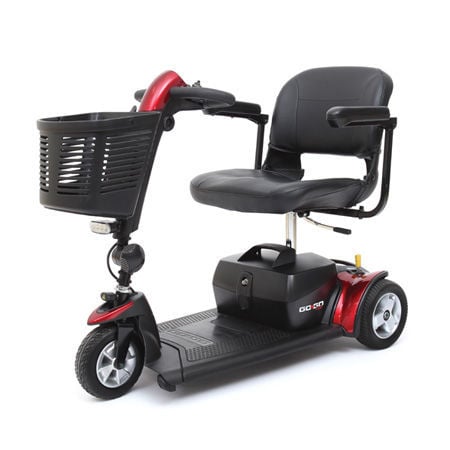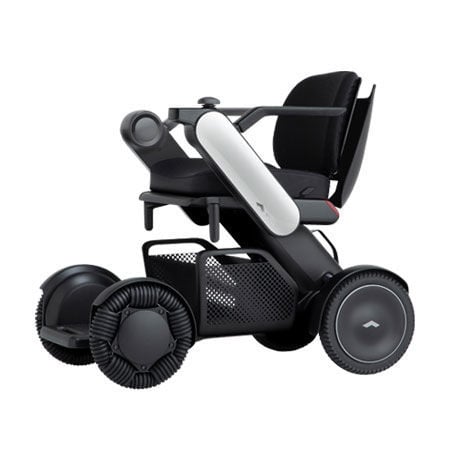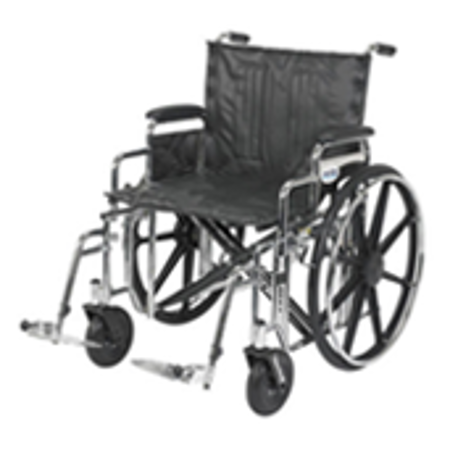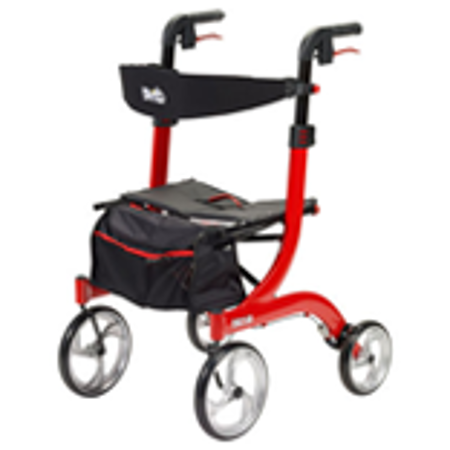Choosing the right mobility scooter can feel overwhelming. There are a lot of things to consider and questions to ask so you can be sure you are choosing the right mobility scooter for your needs. Scootaround’s experience in mobility devices means we can help answer your questions and narrow down the choices. Read our buyer’s guide below to help you navigate through this purchase decision.
What Types of Mobility Scooters Are There?
There are four main types of mobility scooters. Recognizing how you plan to use your mobility device will be helpful as a first step to reducing the options as you shop for a mobility device.
Compact Travel Scooters are typically easy to disassemble, foldable scooters that can become compact. They tend to be built from aluminum frames and use lightweight batteries, making them a perfect choice if you travel a lot, but may not be the best choice if you plan to use it for an extended period. The Moving Life ATTO is a great travel scooter option.
Mid-Size Scooters are a great choice for both indoor and outdoor use as their larger wheels make them a good outdoor choice, but they are also maneuverable. You may find some mid-size scooters that are transportable, meaning they can be taken apart and placed in your trunk. The Pride Victory 10 is a great mid-size scooter option, and the WHILL Model C2 is a great transportable option.
Full-Size / Heavy Duty Scooters are meant to maximize both indoor and outdoor independence. These devices tend to have a higher weight capacity and offer a wide range of speed capabilities and battery ranges. These devices also tend to have larger solid tires that are less likely to puncture, and their higher ground clearance (space between the ground and the bottom of the scooter) means they can more easily pass over large obstacles and are better equipped to handle rugged environments. The Pride Maxima is a great full-size scooter option.
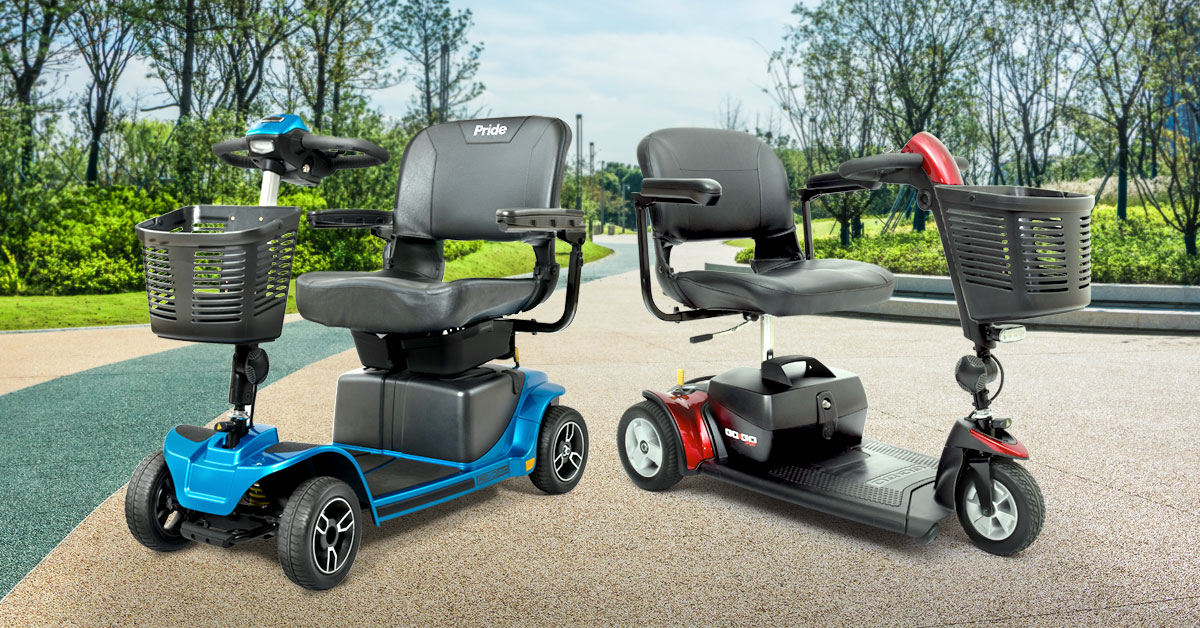
What Is the Difference Between A 3- And 4-Wheel Scooter?
3-wheel scooters tend to be more maneuverable as they have a sharper turning radius. When looking at a transportable model, a 3-wheel scooter will break down into a more compact shape and into lighter disassembled pieces. The 3-wheel scooters are slightly less stable than the 4-wheel scooters, and often have less foot space.
4-wheel scooters are more stable due to the wheel position at each corner and provides more leg and foot space than the 3-wheel scooters do. This can make a 4-wheel scooter a better option for larger or taller users.
What Is the Typical Weight Capacity of a Mobility Scooter?
Mobility scooters tend to have a standard weight capacity of 200 lbs. to 300 lbs., but there are scooters that can properly support those who weight 400 lbs. to 500 lbs. Make sure the scooter you are interested in works with the weight of the user.
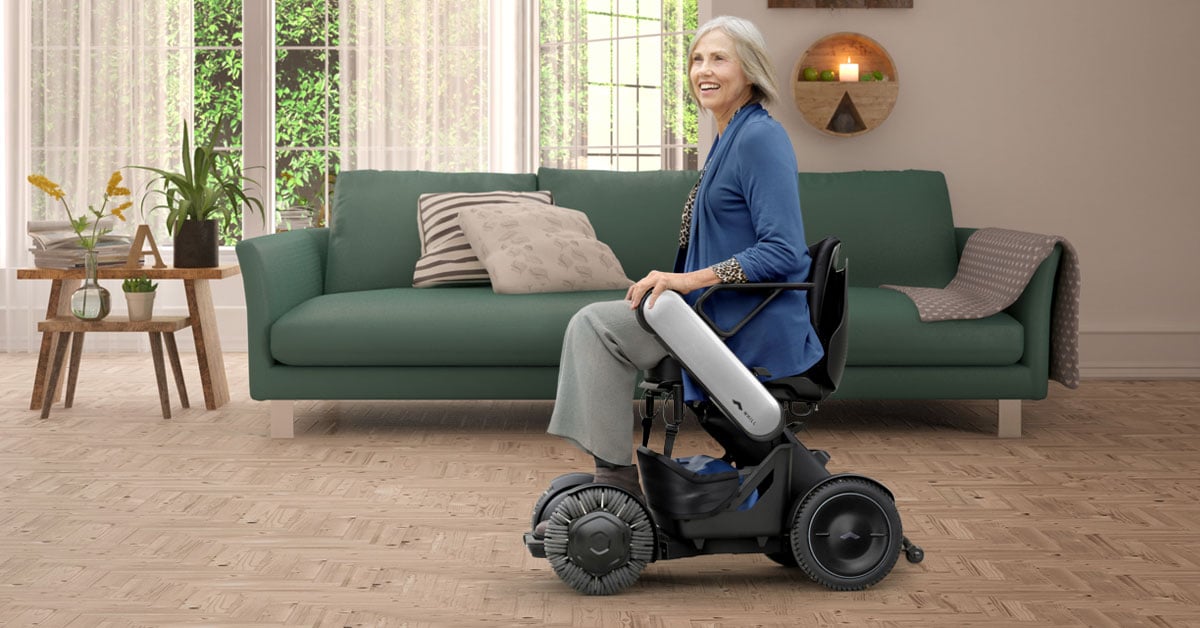
How Far Does A Scooter Go on A Battery Charge?
The range of a scooter on a full charge can vary based on multiple factors, including model, weight of user, and age of battery. Typically, a scooter can reach over 10 miles on a single charge, but high-end models can go further.
Will Insurance Cover the Cost of a Scooter?
Scootaround does not work with insurance companies directly but customers can seek reimbursement for mobility devices on their own. Reimbursement can depend on a variety of factors, please check out our blog post on insurance reimbursement for more detailed information.
What Else Should Be Considered When Buying a Scooter?
Comfort is always important. Make sure the chair offers enough cushion, that your legs can rest comfortably, and take note whether it is adjustable up or down.
Scootaround’s team is always ready and willing to answer your questions and help you find the perfect mobility scooter to meet your needs. Call us at 1-844-664-7467 or email us anytime.

